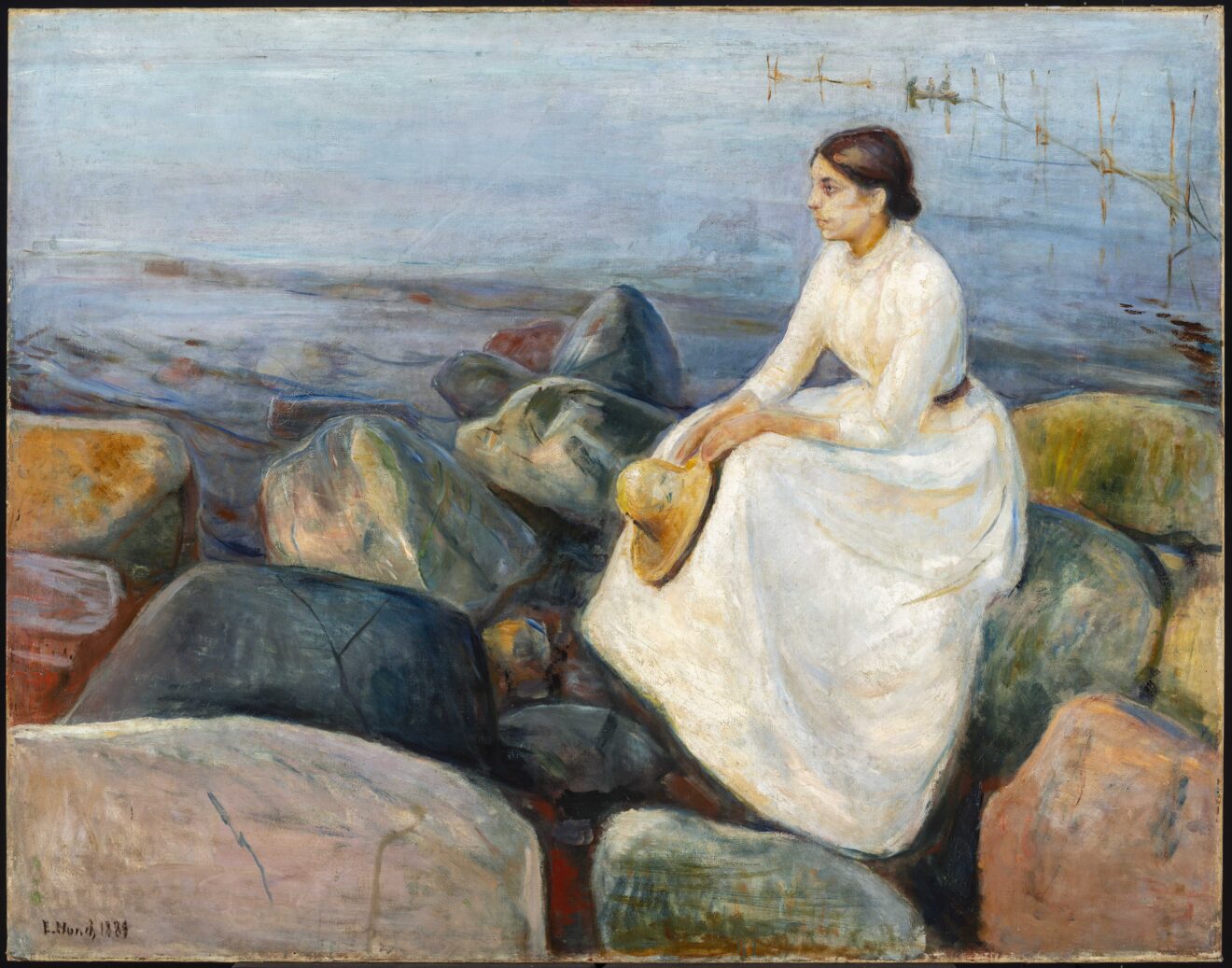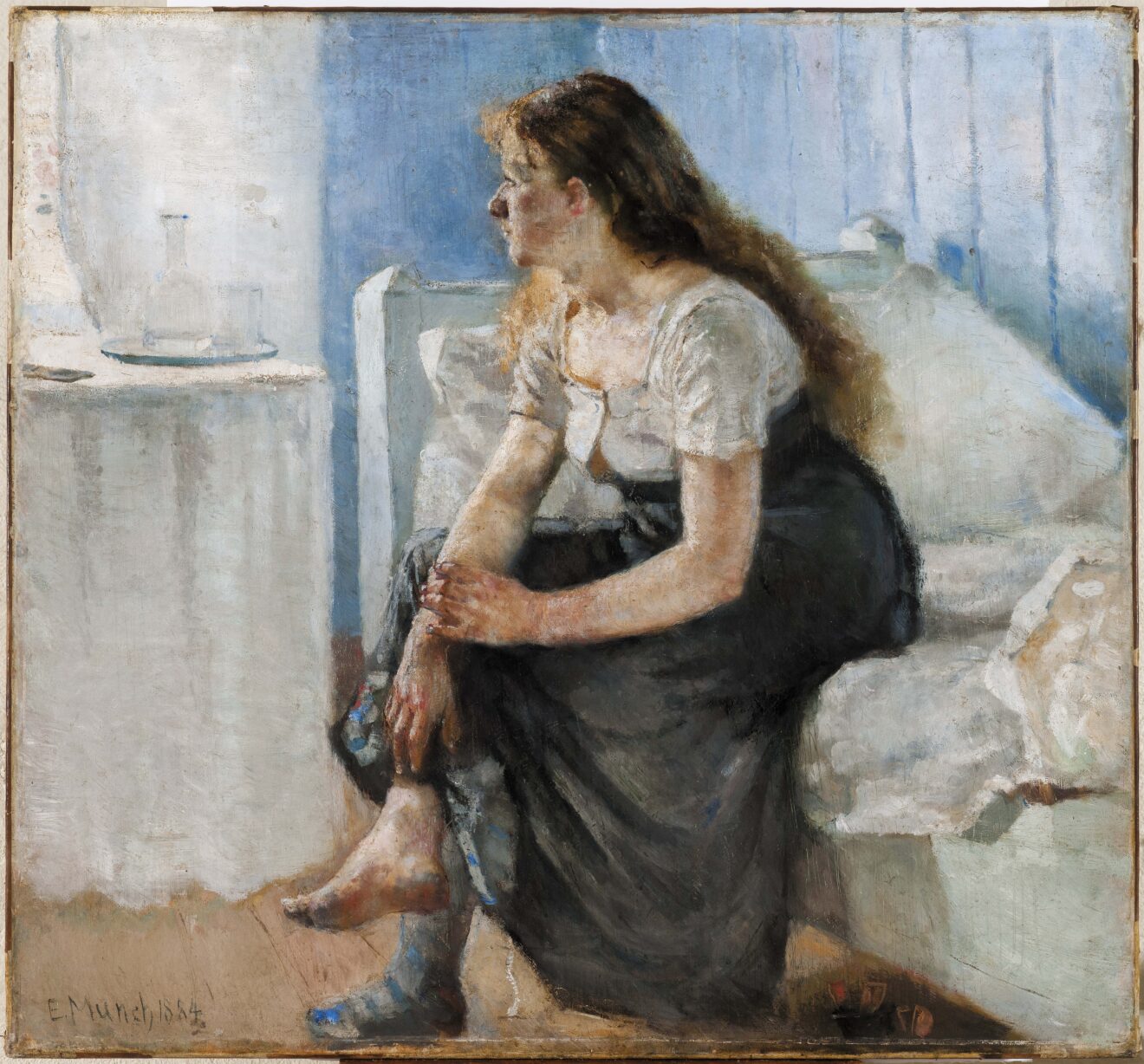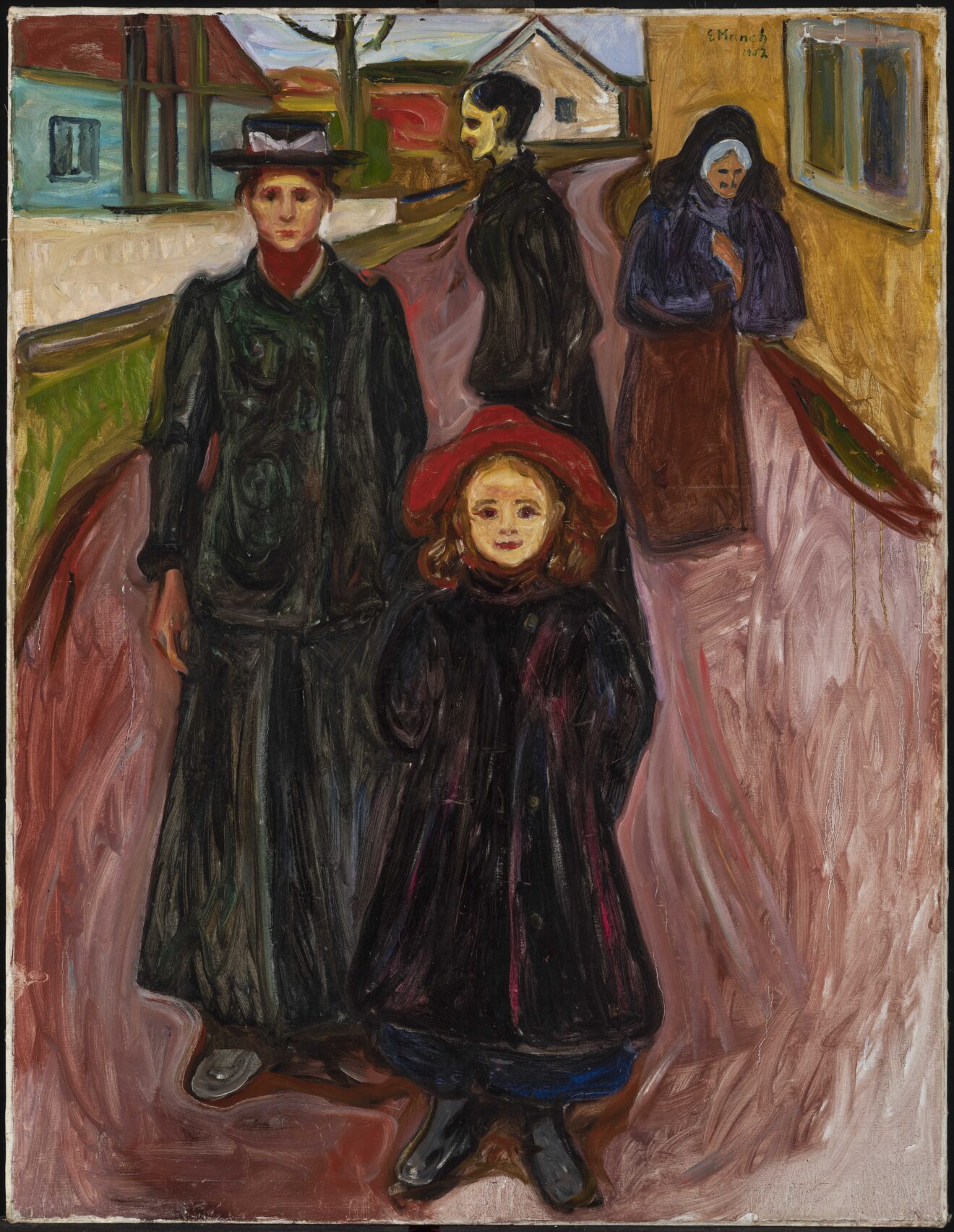
Edvard Munch was destined to be a prolific artist. From a young age, his command of the canvas was unlike most, and his unique and memorable style will live on as a game changer in the art world. But, how often do you think of Munch’s impressionist portraits or shoreline scenes?
We, more often than not, associate Munch with his depiction of startled women screaming or staring at the viewer, alone on a dimly lit street. This is why the latest special exhibition at The Courtauld Gallery, Edvard Munch: Masterpieces from Bergen, is not only informative, but in its simplest form just that, special.
The latest significant collection of Munch’s artworks to be displayed at The Courtauld Gallery showcases 18 works on loan from KODE Art Museums in Norway, and is the first time an exhibition of this size has been outside Scandinavia. The collection was thanks to philanthropist, Rasmus Meyer, who was a huge champion of Munch’s and bought them personally from his friend.
This important collection of works at The Courtauld charts Munch’s development from early naturalist to the later masterpieces with his signature contemporary style.
Beginning in the first room with Munch’s response to social realism, taking influence from French impressionist styles, to his later works after a nervous breakdown, where we see his introspective, eerie scenes using his own unique style to portrait death and despair. A characteristic we’re more accustomed to when thinking of Munch.
The works of art in the first room are Munch’s seminal years as a somewhat impressionist artist. Here you can trace the artist’s progression and see him draw influence from naturalist techniques and start to develop his personal style.

Summer Night. Inger on the Beach, 1889, displayed in the first room is considered to be the moment Munch found his unique artistic voice.
The painting portrays his sister looking out onto an Oslo fjord. The shoreline and long summer Nordic lights captivated him, while his sister’s melancholy mood emanates across the shoreline and into the water.
NOW READ: What’s on around the City of London
The Norwegian fjords were the setting for some of his most prolific paintings and it is where he started to look at light in an expressive and symbolic way. It was around this time that we can see the beginning of Munch’s distillation of form; his yearning to develop himself as an artist and search for his visual language.
Another crucial work on display in the first room is Morning, 1884, which Munch painted when he was just 20. Despite dividing opinions with his unconventional style, Norway soon realised he was a rising star. The wonderful depiction of the light on the fabric in Morning shows Munch’s growing skills.

The second room shows munch taking a fresh artistic direction. The substantial collection takes a deep dive into the artist’s life and tragedies. For instance, his obsession with women and death, which stem from his tragic encounters with women. His mother and sister both died from tuberculosis and his poor relationships with women later on, which are tied to his alcoholism and ultimate nervous breakdown.
The brushwork in these paintings are more vigorous and Munch has a looser handling of the strokes. This room shows the street scenes which is a theme Munch is famous for. Here, you’ll see the works Munch completed straight after his breakdown and it is heralded as the beginning of a new era for the artist.
Grief held a heavy shadow over the artist. One of the paintings that draws heavily on this is At the Deathbed, 1895. The painting portrays people standing over the bed of a dead child. Their pale forlorn demeanour depicts the mourners’ sorrow as they watch the last moments of their loved one. This painting shows the heartbreaking loss Munch felt when his sister Sophie died from TB, which by then had already taken his mother.

Despite its small size, the exhibition powerfully illustrates Munch’s distinctive approach to art at the turn of the 20th Century. Edvard Munch was an expressive and tortured soul in search of his own style. Masterpieces from Bergen at The Courtauld Gallery has helped us to understand his struggle and how he succeeded in finding his voice with a humbling display of works.
Edvard Munch: Masterpieces from Bergen
May 27 – September 4
The Courtauld Gallery WC2R 0RN
courtauld.ac.uk
For the latest headlines from the City of London and beyond, follow City Matters on Twitter, Instagram and LinkedIn.






